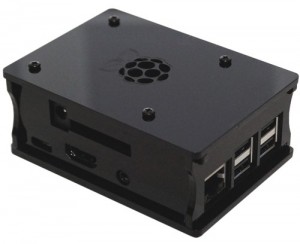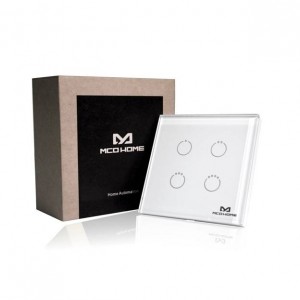
So many home automation products are hitting the marketplace that the question is, how can they be managed and controlled? News from America is that there are many companies vying to become dominant in controlling smart homes. Today’s marketplace incorporates everything you could possibly want for the automated home, with products and services that seem positively futuristic. Washing machines, devices, Internet-connected light bulbs, security cameras, entertainment devices, heating . . . even garage-doors that alert users if left open, devices that slow down when everyone is asleep and lights that come on at the recognition of an opening lock.
This year’s Consumer Electronics Show in Las Vegas http://www.wsj.com/articles/the-race-to-build-command-centers-for-smart-homes-1420399511 highlighted the need for a smart home control platform, a command centre if you like. And if the Americans are thinking of it, then the UK won’t be too far behind. The glut of smart-home choices is part of the Internet of Things which basically refers to adding computing, sensing capacity and wireless communications to hardware. Because of the sheer amount of products, the demand is there for platforms to control multiple objects.
Mergers and Movers

We can see this happening already, with Apple last June deciding to make future home devices using a platform called HomeKit. The company is attempting to reduce the need for individual apps and hub devices by building features into its iOS software to configure and coordinate multiple wireless gadgets more accessibly and easily. “It becomes a lot less confusing for the consumer,” says Chris Allen, CEO of iDevices LLC, one of multiple companies announcing HomeKit-based products at CES.
“There is nothing worse than 15 different apps for 15 different devices,” says Nate Williams, chief marketing officer of Greenwave Systems.
We can see how companies are thinking using for example, Whirlpool, the cleaning machine company, who joined the smart thermostat company, Nest’s programme which enabling interactions such as spinning its dryers periodically when users are absent. Another UK company, Wink, deveoped last year the ability to command Nest devices to its home app as well as many others as Nest’s app doesn’t control other companies’ devices.
“Every single one of these U.S. retailers and service providers want to have their own offering of a platform,” is the prediction from Jimmy Busby, chief executive of Alabama-based CentraLite Systems Inc., which designs home hardware and software for other companies.
Some companies are already offering tasty titbits: PEQ, a hardware and service provider is on the brink of to merging with a connected vehicle service called Zubie, which would allow subscribers driving away from their homes to have automatic happenings, such as their front doors automatically locking and the heating turned down.
Nest has already announced certain partnership measures, including Dropcam camera recording footage in the event of smoke which could which help in later investigations.
Certain companies are using the Web service IFTTT “If This, Then That.” The example cited is a motion sensor catching someone in the biscuit barrel: “Post a Facebook status message anytime someone reaches for the cookie jar.” Maybe that’s going too far but the sentiment is obvious.
Who will take ultimate control remains to be seen but in the meantime check out UK-Automation’s list of products for a comprehensive insight into what’s new and existing in the smart home market.
See our latest home automation products